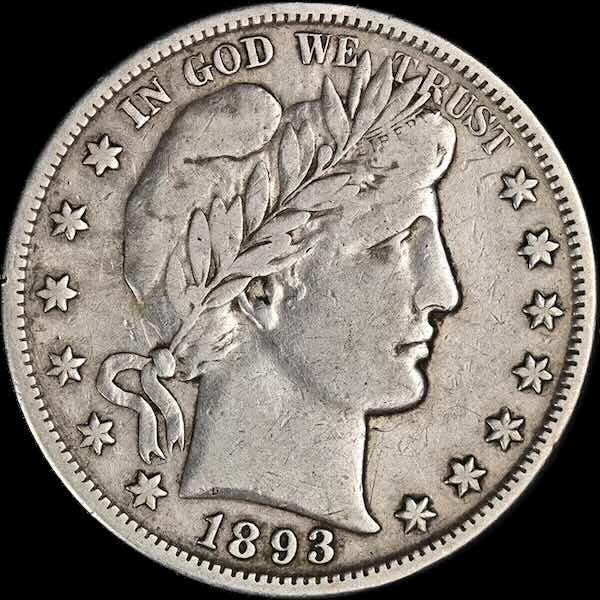The US Mint was founded in 1792 in Philadelphia and has been the nation’s sole manufacturer of legal tender coinage. It is responsible for producing circulating coinage on behalf of the federal government for the nation to conduct its trade and commerce.
As gold was discovered throughout the US, branch Mints and assay offices opened to serve the needs of a growing nation.
Currently, the Mint currently operates production facilities in Philadelphia, San Francisco, Denver, and West Point and maintains a bullion depository at Fort Knox. Many other facilities and locations, such as New Orleans, Carson City and others have opened and closed throughout our history based on need and demand.
Prior to the Revolutionary War, monetary transactions and trade were handled using foreign or colonial currency, livestock, produce or other means of barter.
Post-Revolutionary War, prior to the ratification of The Constitution, the U.S. was governed by the Articles of Confederation, which allowed for the states to mint their own coins.
In 1788, the Constitution was ratified and discussions soon began about the need for a national mint.
Congress passed the Coinage Act on April 2, 1792. The Coinage Act is responsible for establishing the first national mint in the United States.
At the time, Philadelphia being the nation’s capital, was chosen as the location for the first Mint. David Rittenhouse, the first mint director, bought property at 7th and Arch Streets to build a three-story facility that would become the first Mint.
It was the tallest building in Philadelphia at the time and the first federal building erected under the Constitution.
The Coinage Act called for the minting of coinage in gold, silver and copper in the following denominations:
- Gold Coins: Gold Eagle ($10), Gold Half Eagle ($5), and Gold Quarter Eagle ($2.50).
- Silver Coins: Silver Dollar ($1), Silver Half-Dollar ($.50), Silver Quarter Dollar ($.25), Silver Dime ($.10) and Silver Half-Dime($.05).
- Copper Coins: Cent ($.01) and Half-Cent ($.005).
A little over one year after the Coinage Act was passed the Mint delivered it’s first coins for circulation.
1800’s Gold Rushes
The discovery of large amounts of gold in North Carolina and Georgia led to the expansion of the US Mint to Southern locations. Demand on the Philadelphia Mint was at its limits. In 1835, Congress passed legislation that authorized the expansion of the mint with three new locations; Charlotte, NC; Dahlonega, GA; and New Orleans, LA.
The mint facilities at Charlotte and Dahlonega were focused on processing newly mined gold into coins. The New Orleans minted both gold and silver coins.
All three southern mint facilities were taken over by the Confederacy during the Civil war. These facilities would sporadically produce Confederate coins.
The US Government regained possession of these facilities at the end of the Civil War. The Dahlonega facility remained closed. The Charlotte and New Orleans mints restarted operations several years after the war.
Coins were minted in Charlotte until the mint closed the facility in 1919. New Orleans continued operations until it was closed 1942.
The Gold Rush in California began around 1849. Transporting gold all the way back to Philadelphia was costly, time-consuming and risky. In 1854, the San Francisco Mint was established to convert miner’s gold into coins. Other mint facilities in Denver and Carson City were established during the mid to late-1800’s.
Gold Confiscation and Bullion Depositories
Gold coins were minted until 1933 when President Roosevelt signed Executive Order 6102. The presidential order made owning gold a crime. Roosevelt and the leading bankers of the day declared that the hoarding of gold coins was causing the Depression to drag on.
Executive Order 6102 required everyone to turn in their gold coins in exchange for Federal Reserve Notes at a fixed exchange rate of $20.67 per ounce of gold.
As a result, the government needed to build a bullion depository capable of storing large amount of recovered gold bullion.
In 1936, the bullion depository at Fort Knox, Kentucky was established for storing gold bullion. Two years later, the West Point bullion depository opened to store silver bullion.
Millions of Pre-1933 vintage gold coins were melted into bullion bars. However, many survived because gold is hard money.
Today, Pre-1933 Gold Coins are a popular choice for investors and collectors because of the incredible history associated with these coins.
Modern Day Mint Facilities
The US Mint operates modern, state of the art minting facilities in Philadelphia, Denver, San Francisco. The mint at West Point is used for minting proof and bullion coins and other commemorative coins.
The West Point Mint is primary production facility for American Silver Eagles, American Gold Eagles, American Platinum Eagles and Gold Buffalo 1 oz coins.
Most of the modern bullion coins for investment come from the West Point Mint. Proof coins are minted in both San Francisco and the West Point Mint.
Coins that are produced at the Philadelphia Mint do not typically contain mint marks.
In 2023, a mint mark was added to the obverse of the American Silver Eagle below the phrase “In God We Trust” indicating coins minted at the West Point Mint.






